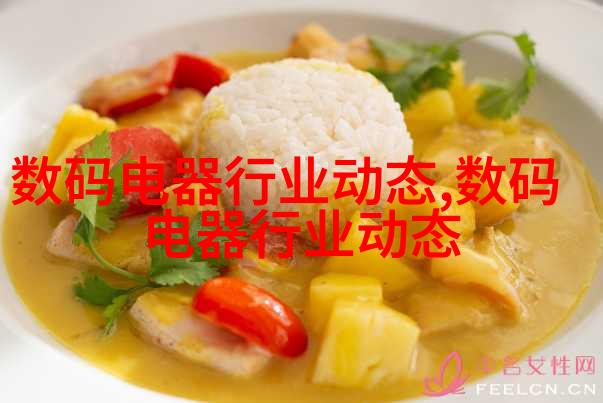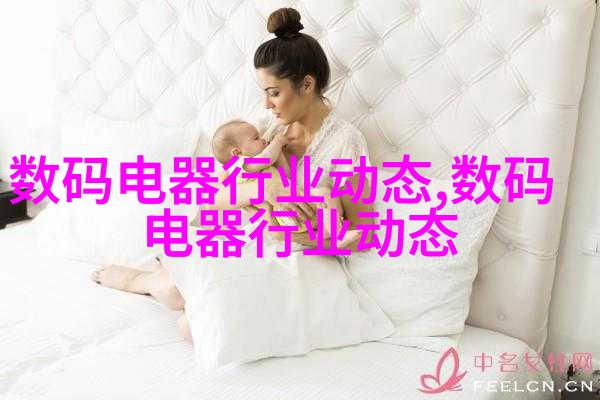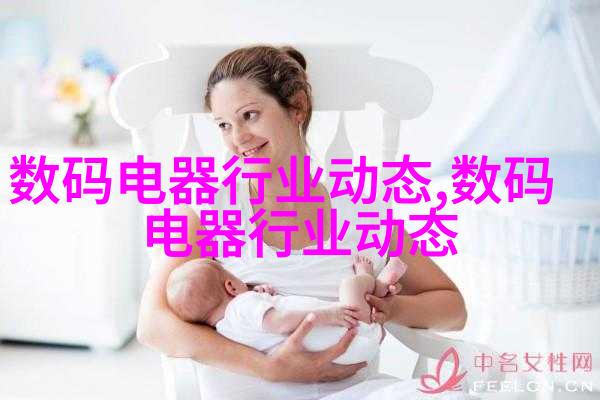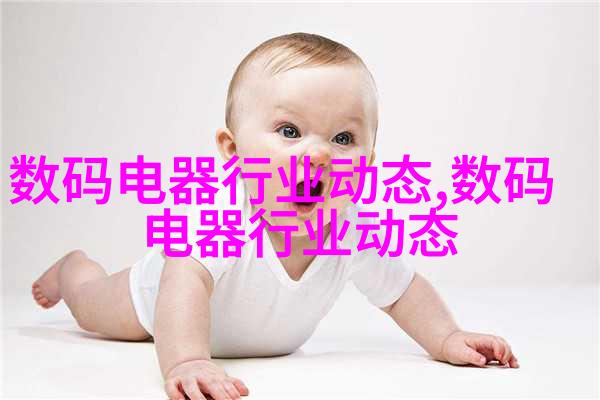高纯水设备犹如工业水处理过滤器设备中的EDI那是一位精湛的工匠用其技艺将混沌之水净化成清澈见底
高纯水设备——EDI技术解析:在众多工业和商业领域,高纯度水的需求日益增长,如半导体制造和制药行业。传统上,这些行业依赖离子交换来获得纯净水,但随着膜处理技术的发展,特别是电除盐(EDI)系统越来越受到欢迎。这些膜系统能够有效去除矿物质,并且具有连续工作的优势。此外,由于其机械简单性,不需要酸碱再生及废水中和,EDImembrane processing has become a rapidly growing business within the membrane industry. The EDI process utilizes specialized tanks filled with ion exchange resins in the flow channels, primarily used to produce ultra-pure water with a total dissolved solids (TDS) level of 1-20 mg/L.

The EDI device consists of cation and anion exchange resins sandwiched between semipermeable membranes, forming individual EDI units. These units are arranged in a specific configuration to form concentrated brine chambers, with cathodes and anodes at each end. Under direct current flow, ions from the feedwater chamber migrate through the semipermeable membranes into the concentrated brine chamber, while clean water is produced as a byproduct.
Typically, reverse osmosis (RO) purified water serves as the feedwater for EDI systems. With an electrical resistivity range of 40-200 μS/cm at 25°C for RO pure water and up to 18 MΩ.cm at 25°C for EDI-produced pure water, this technology allows for precise control over output quality.

Key features of EDI devices include continuous operation without chemical regeneration requirements or waste generation. Additionally:
Feed-side separators are made from hygienic-grade polyethylene materials.
Membranes utilize imported mixed-bed membranes and domestic asymmetric ion exchange membranes.

Both imported and domestic uniform bead ion exchange resins are employed.
Titanium-ruthenium alloy electrodes ensure durability.

Pressurized plates are crafted from high-strength aluminum alloys.
Standard national fasteners secure components in place.

Modules withstand high pressure testing up to 7 bar without leakage.
Low electrical resistance ensures energy efficiency.
9.Aesthetically pleasing exterior design maintains structural integrity.
Processing capacities range from large-scale modules handling up to 3 tons per hour down to small modules handling just 75 liters per hour.
Feedwater specifications typically involve single-level or dual-level reverse osmosis-treated input:
Total Exchangeable Anions (TEA): <25 ppm
Electrical Conductivity: <40 μS/cm
pH: Between 6 and 9
Temperature: Between -5°C and +35°C
Feed Pressure: ≤4 bar (60 psi)
Hardness: ≤1 ppm CaCO3 equivalent
This advanced system effectively eliminates impurities such as TOC (<0·5 ppm), oxidizers (<0·05 ppm Cl2 & <0·02 ppm O3), transition metals (<0·01 Fe & <0·02 Mn), H2S (<0·01 ppm), SiO2 (<0·5 ppm), color value (<APHA Unit/Colorimetric Value).
